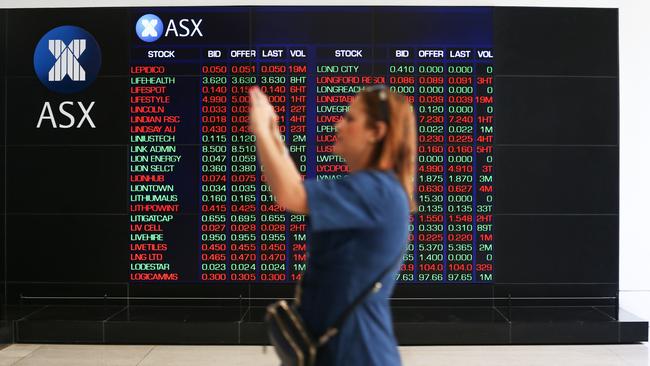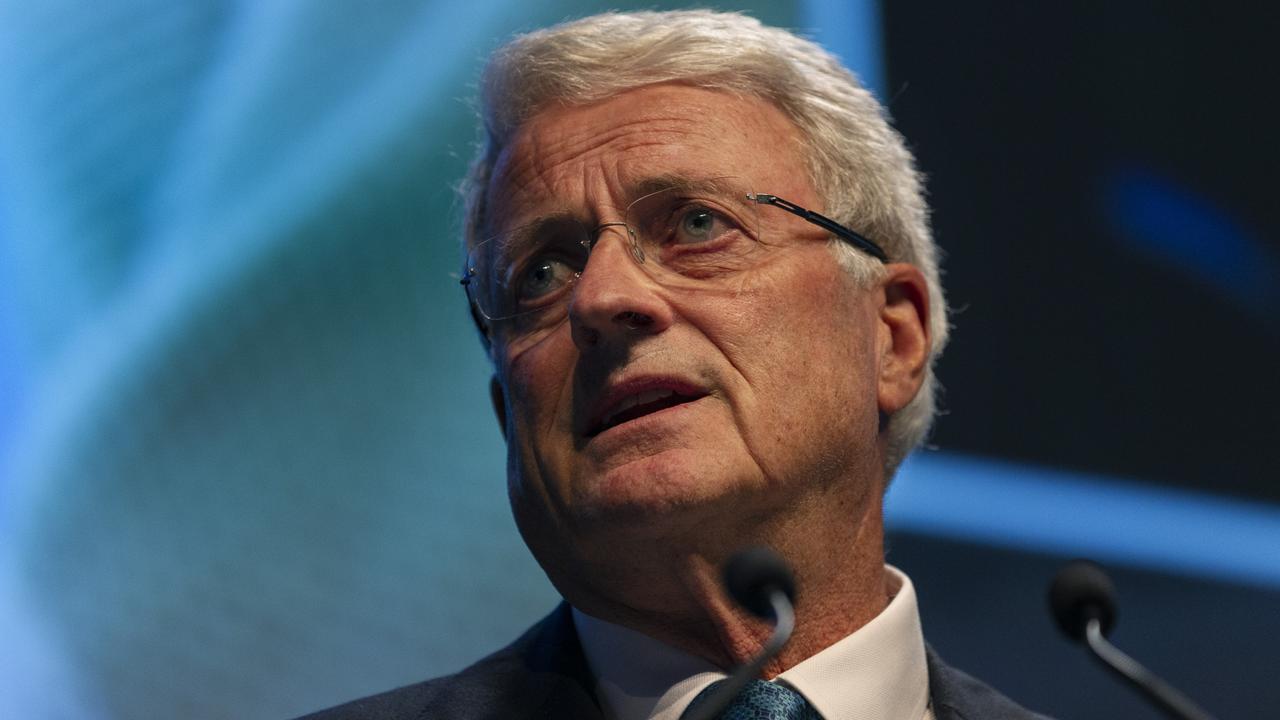Bourse runs higher as history tells bears to keep hibernating
The final assault on 7000 points will have to wait but it was another great day for the Australian market.

So close but so far away — the final assault on 7000 points will have to wait for another day.
Still, it was another great day for the Australian market as records continued to fall.
The benchmark S&P/ASX 200 index surged 0.5 per cent to a record high close of 6994.8, even though share trading volume remained light, suggesting the rise was driven more by a lack of selling. Stocks including Macquarie Group, James Hardie, Aristocrat, Xero, JB Hi-Fi, REA, Ansell, Sonic Healthcare, Breville, Downer, Prime Media and EML set records.
There’s a good chance US President Donald Trump will “goose” the US market higher again by spruiking his “big beautiful monster” trade deal due to be signed overnight.
Perhaps by first pre-releasing the “bad news” — that tariffs on $US360bn ($522bn) of Chinese goods would remain in place for at least 10 months, thereby eliciting a small fall in the S&P 500 — Trump has made it a bit easier to get a positive reaction, even though it now seems as though US-China trade relations are “as good as it gets” until after the US election.
Of course, the earnings outlook is expected to remain challenging, but if US shares keep rising the local bourse may extend its New Year “melt-up”, particularly if the RBA cuts rates next month.
A fall of almost 7 per cent in the 12-month forward earnings estimate since August hasn’t stopped the ASX 200 rising more than 5 per cent, boosting its price-to-earnings multiple to a record high above 18 times, while lowering its forward dividend yield to a decade low under 4 per cent.
After surging 18.4 per cent in 2019 — its best year since 2009 — the ASX 200 is up 4.65 per cent in the first 10 days of 2019. This is the best year-to-date rise since 1986, when the All Ords rose 4.66 per cent in the first 10 days. That may seem ominous given what happened in October 1987.
But before rushing to short the market, bears should consider that from mid-January 1986, the All Ords more than doubled before collapsing 50 per cent in the 1987 crash.
If an exceptionally strong gain this year is hard to imagine, consider that the All Ords rose 38 per cent in 1985, 47 per cent in 1986 and 55 per cent in 1987 — until the crash.
The rise since late 2018 is due to the pivot away from rate rises to cuts by central banks and the massive addition of central bank liquidity, including a staggering $488bn “not QE” expansion of the Fed’s balance sheet in less than four months, ostensibly to stabilise the overnight repo market.
There’s no doubt stocks are expensive and multiple corrections can be justified this year. But there’s no catalyst yet, and a weak earnings season could easily be offset by expectations of further rate cuts by central banks, with the RBA meeting on February 4.




To join the conversation, please log in. Don't have an account? Register
Join the conversation, you are commenting as Logout